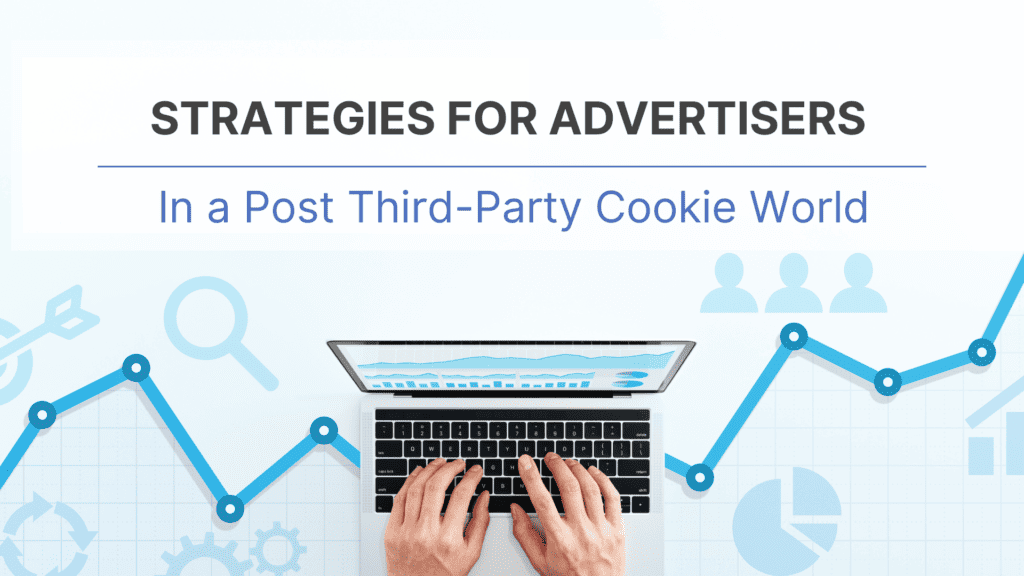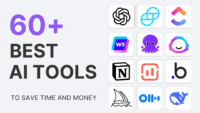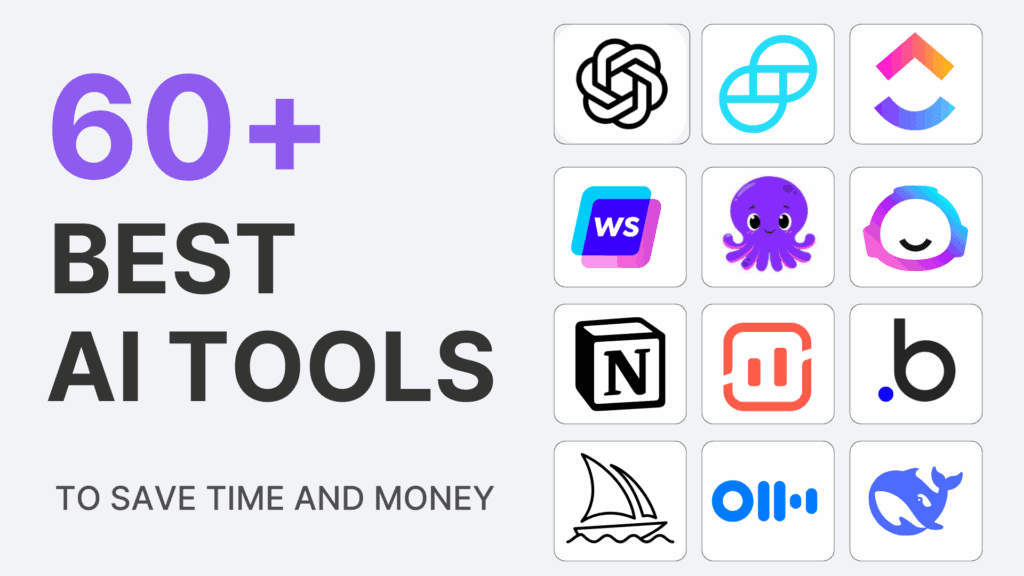In the digital world, third-party cookies have long been a staple for tracking user behavior across websites.
However, the recent and accelerated shifts in privacy regulations and evolving consumer preferences are leading to the deprecation of third-party cookie tracking by major web browsers.
On January 4th, to support its Privacy Sandbox initiative, Google officially began phasing out support for third-party cookies in Chrome by disabling them for 1% of users, otherwise 30 million Chrome users.
This first phase was introduced to enable time for testing before going into a complete sunset of all third-party cookies in Q3 2024, and recently called off to early 2025 in response to the Competition and Markets Authority (CMA) to allow more time to assess Google’s privacy sandbox proposal and to reconcile divergent feedback from the industry.
In this article, we will explore how cookies work, the differences between first-party cookies and third-party cookies, and the demise of third-party cookies. We will review the implications of this significant change in digital advertising and offer insights into how marketers can adapt to this new landscape.
But why third-party cookie deprecation should be a big deal for advertisers?
- Nearly 83% rely on data from third-party cookies to inform their marketing and advertising campaigns
- 43% of marketers already indicated their inability to collect data as their biggest challenge to date
- Chrome is the most used web browser globally, with a market share of 63.45%
- More than 3.229 billion internet users are using Chrome.
How to adjust to the upcoming post-cookie era? Where to invest in new a framework and technologies, and recover the anticipated targeting gap in performance marketing?
Let’s dive in!
What is cookie tracking?
Cookies or web cookies are small text files stored on computer browsers like Google Chrome and Safari.
To collect user cookie consent, a cookie banner should be displayed on a website’s homepage or during the user’s first visit.
The banner should include a clear message about what cookies are being used and why. It should also include a link to a more detailed cookie policy.
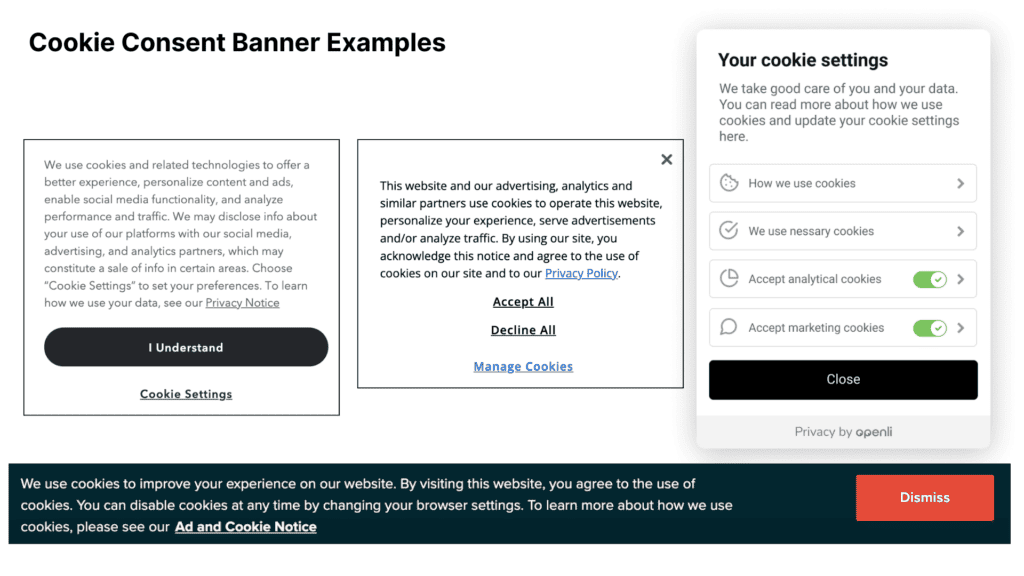
First-party cookies
First-party cookies are small pieces of data that are created by a website and stored on a user’s device (such as a computer or smartphone) when they visit that website.
These cookies are set by the website itself and are used to enhance the user experience by remembering information such as login credentials, preferences, and items in a shopping cart.
First-party cookies are primarily used by the website owner to improve website functionality and personalize the user’s browsing experience.
These cookies are associated with the domain of the website being visited.
Cookies set up on subdomains such as sub.brand.com or go.brand.com are counted as first-party cookies
Check out our comprehensive guide on how to build successful first-party data strategies to fuel personalization beyond your ads and support how you connect and (re)engage with your prospects and customers via emails, answer custom service questions, understand new paths to purchase when customers land on your website, and stay relevant amidst heightened competition.
Third-party cookies
Third-party cookies are small pieces of data stored by websites other than the one a user is currently visiting.
These cookies enable advertisers and marketers to track user behavior activity across multiple websites and are often associated with advertising networks, analytics services, and social media platforms.
Third-party cookies allow these external domains to collect information about the user’s browsing history and preferences, which can then be used for targeted advertising, analytics, and other purposes.
Third-party cookies are created by domains that are separate from the website’s domain. Think Criteo, Pinterest, or Meta for example.
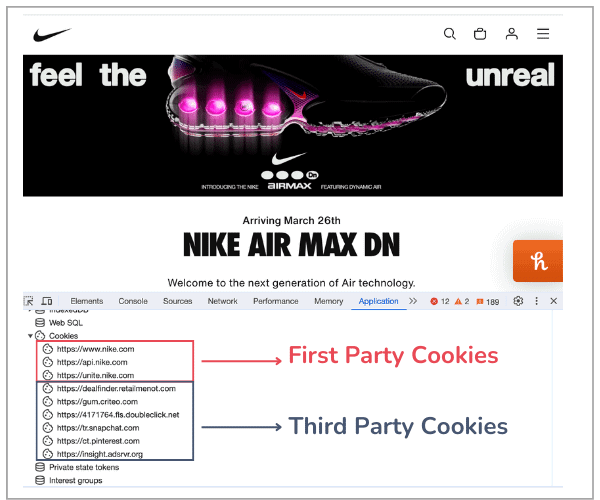
Why third-party cookie tracking is being deprecated?
The deprecation of third-party cookie tracking stems from growing concerns over user privacy and data protection.
With increasing awareness about online privacy issues, major web browsers such as Google Chrome, Safari, and Mozilla Firefox have announced plans to phase out support for third-party cookies in response to evolving privacy regulations and consumer preferences.
In 2017, Apple Safari strengthened its user privacy with its Intelligent Tracking Prevention feature (ITP) blocking cross-site cookies.
Cross-tracking cookies are also disabled by default on Firefox.
Google Chrome was the last major search engine browser to allow third-party tracking until it officially started to phase out third-party tracking in January, testing on 1% of its users and extending to 100% by early 2025.
The deprecation of third-party cookies is not only driven by technological changes but also by regulatory initiatives aimed at protecting user privacy.
Regulations such as the General Data Protection Regulation (GDPR) in the European Union and the California Consumer Privacy Act (CCPA) have influenced the push towards greater transparency and user control over personal data.
Impact on digital advertising
The deprecation of third-party cookies will impact digital advertising by reducing the precision of ad targeting and requiring marketers to rely more on first-party data for personalized marketing efforts.
Impact on user experience
Consumers may notice changes in their browsing experience, including fewer retargeted ads and potentially less relevant recommendations on websites and platforms that rely heavily on third-party cookies for personalization.
Consumers’ concerns about data collection
Although third-party cookie deprecation improves privacy, consumers may still have concerns about how their data is collected and used, particularly by first-party websites and platforms that rely on alternative tracking methods.
Reduced targeting precision
Without third-party cookies, advertisers will have limited visibility into user behavior and data outside of their websites.
This loss of tracking data will impact the precision of ad targeting and personalized marketing efforts. This could lead to dramatic revenue losses when unprepared.
Impact on Ad spend
With less precise targeting, advertisers may experience a decrease in ad performance metrics such as click-through rates and conversion rates, and return on ad spend (ROAS) potentially leading to a reluctance to allocate budgets to digital advertising.
More complex attribution models
One of the key challenges arising from the demise of third-party cookies is attribution modeling and making sense of data.
Marketers rely on cookies to track the customer journey and attribute conversions to specific touchpoints. Without third-party cookies, attribution becomes more complex.
Limitation of cross-site tracking
Third-party cookies have traditionally enabled cross-site tracking, allowing advertisers to follow users across different websites.
With their deprecation, advertisers will need to find alternative methods for tracking user behavior across the web.
Potential for increased costs
Implementing alternative tracking and measurement solutions and adapting advertising strategies to the post-third-party cookie landscape may require additional investments. Advertisers may face increased costs associated with data management platforms (DMPs), customer data platforms (CDPs), data analytics tools, and other technologies needed to support these changes.
Solutions and alternatives to third-party cookies
As the digital marketing landscape evolves, organizations must adapt to the changing dynamics of data privacy and consumer expectations.
Marketers can prepare for the future of digital marketing by investing in data infrastructure for first-party data collection, collaborating with industry stakeholders to develop alternative tracking solutions, and staying informed about evolving privacy regulations.
Collect zero-party data
While the importance of first-party data is set to increase, marketers also need a deeper understanding of individual customer preferences and interests if they are to create effective campaigns and experiences and personalize these for individuals and customer segments.
How can this be achieved once third-party cookies are gone? Well, they can go directly to the source and simply ask the customer.
Rather than gathering data through third-party cookies, brands and their marketing teams have the opportunity to build rapport with their audiences by simply connecting directly with them, and asking them to voluntarily provide these insights such as in surveys, quizzes, interests, and communications preferences.
74% of consumers are willing to share their interests, preferences, and demographic information with brands if it would directly improve their online experiences.
Marketers no longer need to fill in the gaps or make inferences, providing a strong informational basis for effectively personalizing campaigns and marketing communications, while fostering better engagement between brands and audiences.
Invest in first-party data capture and frameworks
In response to the deprecation of third-party cookies, there is a growing emphasis on leveraging first-party data collected directly from users. First-party data includes information voluntarily provided by users through website registrations, subscriptions, or interactions.
Investing in first-party data collection strategies is crucial for marketers navigating the post-cookie tracking landscape. By building direct relationships with users and obtaining consent for data collection, companies can gather valuable insights while respecting user privacy.
Collect consented and valuable insights through first-party data frameworks that facilitate interactions, engagement, subscriptions, registrations, and on-site shopping experiences
Nurture engagement through email marketing and newsletters
The anticipated growth of email users to 4.6 billion by 2025 underscores the expanding potential of email marketing in this new era.
Many businesses and advertisers are rethinking their marketing strategies, granting more credit to emails and newsletters as a key, privacy-friendly marketing solution despite the transformations and shifts that occurred from IOS 15.
The focus is on offering direct audience engagement by collecting consented zero and first-party data driving new personalization capabilities while adapting to privacy regulations.
Invest in email list building and lifecycle marketing activities through personalized email messaging.
Tap into contextual advertising
Contextual advertising involves targeting ads based on the content of the web page rather than user behavior. By analyzing the context of the content being consumed, advertisers can deliver relevant ads without relying on individual user data.
For example, if a user is reading an article about travel destinations, contextual targeting technology can identify the travel-related keywords and themes within the content.
Advertisers can then display ads for travel agencies, airlines, or hotels that are relevant to the user’s current interest in travel.
Review your SEO and content strategies to support contextual advertising based on keyword, category, and page-level content rather than on user behaviors.
Investment in data infrastructure
Building robust data infrastructure capable of collecting, analyzing, and leveraging first-party data is essential for future-proofing marketing strategies.
Consider investing in ad tech technologies capable of supporting privacy-preserving alternatives and emphasize the use of mobile advertising and universal IDs.
Privacy-Preserving Technologies
Emerging privacy-preserving technologies such as federated learning and differential privacy offer promising alternatives to third-party cookies. These technologies allow for data analysis while preserving user anonymity and privacy.
Mobile advertising IDs
MAIDs are shared with the servers of apps that the user is using to track their customer journey and “remember” their choices.
They can also be sent to advertisers and other third parties which can use this unique ID to track the user’s movements, habits, and usages.
MAIDs are completely anonymous, and fully manageable by the user. However, they open the doors for advertisers to understand the fragmented user journey.
Universal IDs
While not all Universal IDs will work in a digital cookieless world, it is still a reliable alternative to identify users and replace the functionality of third-party cookies.
Universal ID is a user ID that provides a shared identity to identify the user across the supply chain without syncing cookies. First-party data and offline data can be used to create universal IDs.
We can still have attribution that links impressions to conversions using Universal IDs that don’t rely on third-party cookies, which will require brands to integrate an ID.
Collaboration and affiliate partnerships
In a world without third-party cookies, collaboration between industry stakeholders, including advertisers, publishers, and technology providers, is critical for developing alternative tracking solutions and navigating the evolving regulatory landscape and the reliance on trust and strong relationships with affiliate partners becomes paramount.
Robust affiliate networks like Impact.com have built a technology that does not rely on third-party cookies and have put on the books upcoming tools to be released new targeting, and audience personalization capabilities.
Advertisers will be able to tap into their affiliate partners’ user data and provide highly targeted offers to specific user segments and “audiences” without sacrificing consumer privacy.
Investment in attribution modeling
Attribution models must evolve.
- Consider cookieless attribution, a method for tracking and identifying the source of website traffic, conversions, and other marketing metrics without using cookies. For the most part, it relies on scripts capturing first-party data.
- Look into multi-touch attribution, which considers all touchpoints in a customer’s journey, including affiliate interactions. Custom attribution models can help you fairly reward affiliates for their contributions along the other channels, even without the traditional tracking methods provided by cookies.
- Test linear attribution, a model that equally credits all channels and touchpoints assisting conversions.
Explore these attribution models emphasizing a more holistic view of your media channel contributions.
Explore retail media network solutions
With our powerful omnichannel intelligence, retail media networks such as Walmart Connect or Amazon understand their customers better than anyone else and they have a wealth of data to support!
Meanwhile, advertisers are starting to demand more transparency and better measurement tools and advertising network solutions.

Giant E-commerce powerhouse like Amazon rolled out in Q4 2023 new ad tech tools aimed to usher retail media and future-proof its products for the cookieless era while giving advertisers more control over audience targeting and faster insights into performance.
- Cross-Channel Planner to provide performance insights and data on audiences and supply on Amazon and third-party sites and apps.
- Amazon Marketing Stream – an API that delivers Amazon DSP metrics hourly alongside feeds with reports on Sponsored Products, Sponsored Brands, and Sponsored Display ads.
- AMC Audiences allows brands to perform custom lookalike audience modeling
- New Customer Data
- Amazon DSP Events Manager allows brands to create predictive audiences, measure performance, and automate optimizations using signals like first-party conversions.
- Amazon Publisher Cloud
- Sponsored TV features
If you have a presence on digital shelves in online retailers such as Target or Walmart, and, if you are a registered merchant with Amazon, you should explore their retail media network solutions further.
Investing in the first-party data gathered by online retailers is a great alternative to better understand consumers’ behaviors and create personalized experiences.
Wrapping Up
The end of third-party cookies is a scary time for the digital advertising industry in part because brands will have millions of consumer data signals and will have to make sense of them.
Cookies have served as a standard for vital use cases in digital advertising such as targeting audiences, establishing attribution, and enabling frequency capping for digital ad campaigns.
This represents a significant shift in the digital advertising ecosystem. While presenting challenges for marketers and advertisers, it also offers an opportunity to prioritize user privacy and explore innovative approaches to data-driven marketing.
The best way to prepare for businesses, advertisers, and marketers is to invest in data and infrastructure, strengthen collaboration and partnerships, rethink their email marketing investments, and prioritize consent-based marketing plans and cookieless attribution models that still provide key metrics to engage and personalize customer experiences without crossing the privacy boundaries
Success Starts with The Good Strategy!


